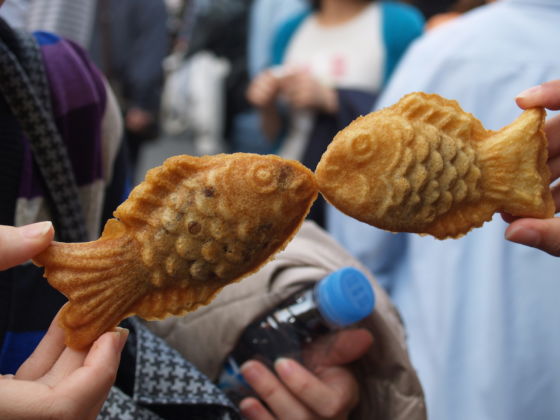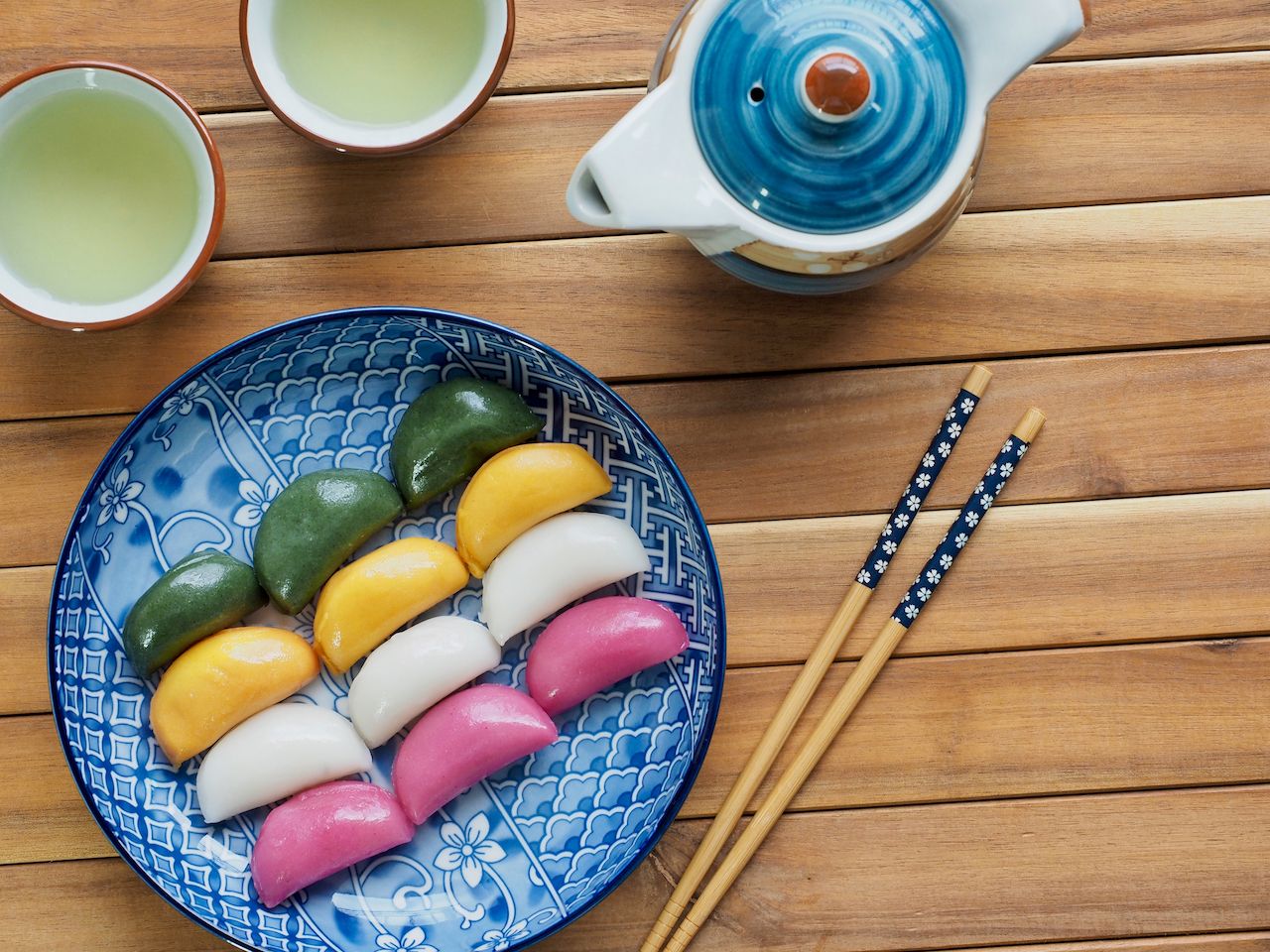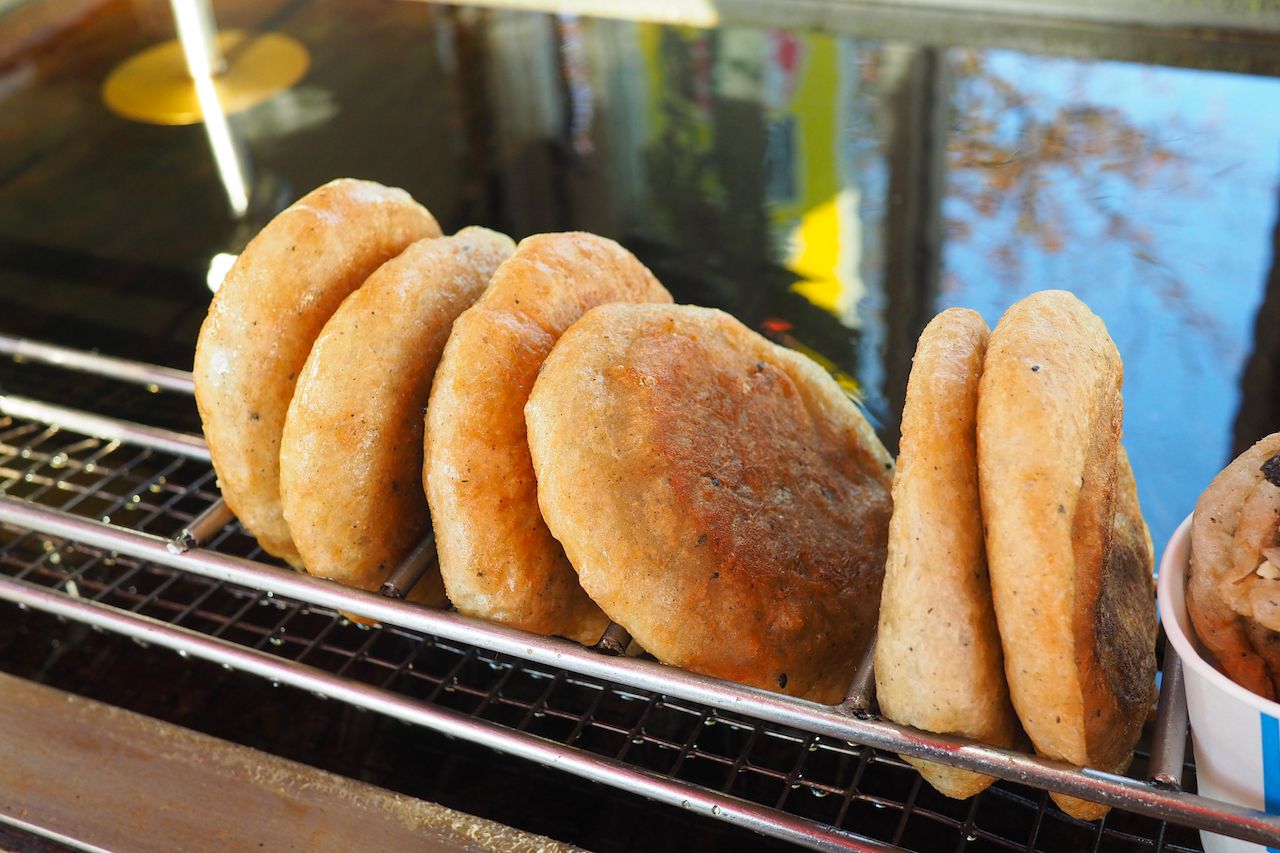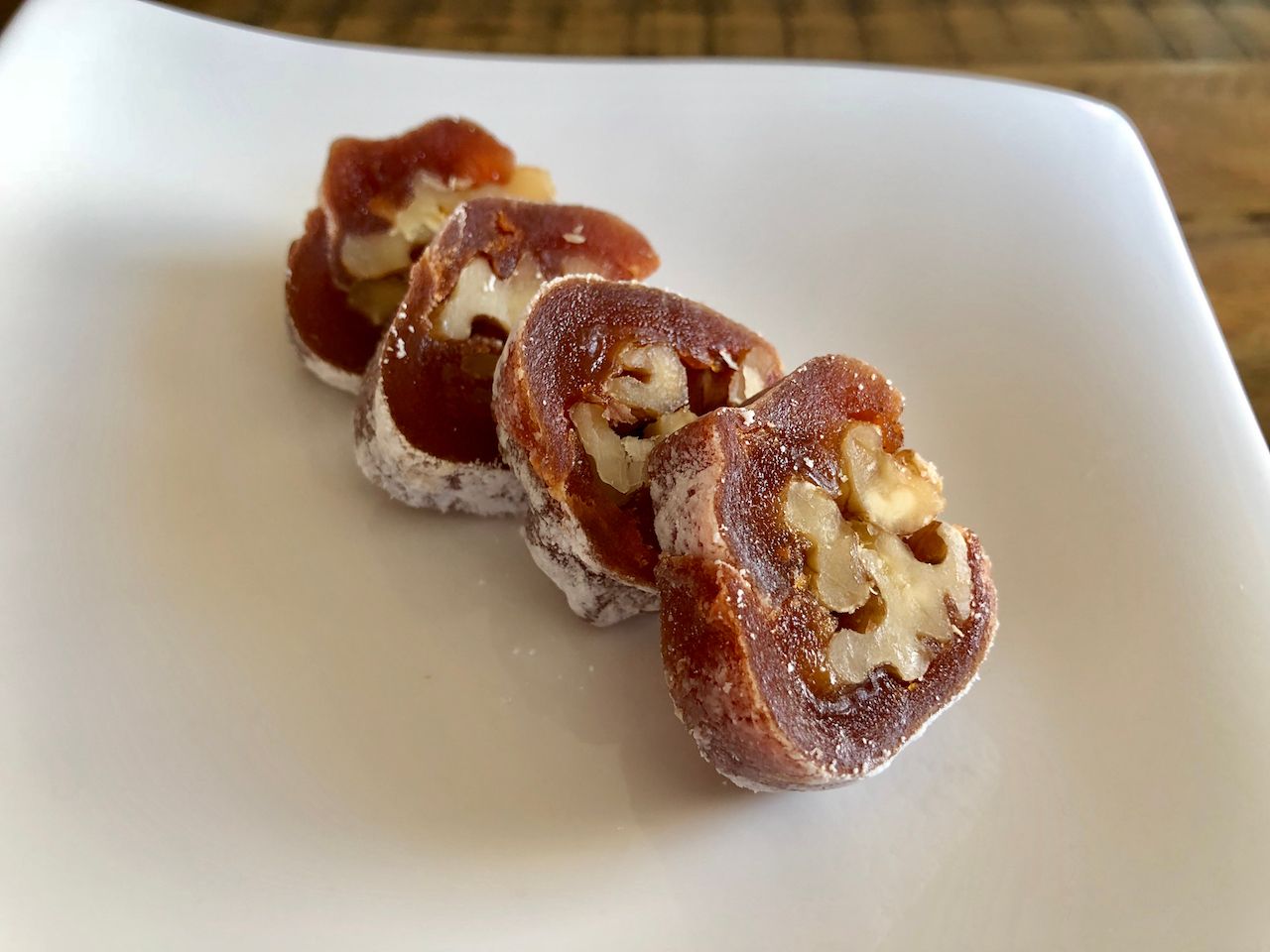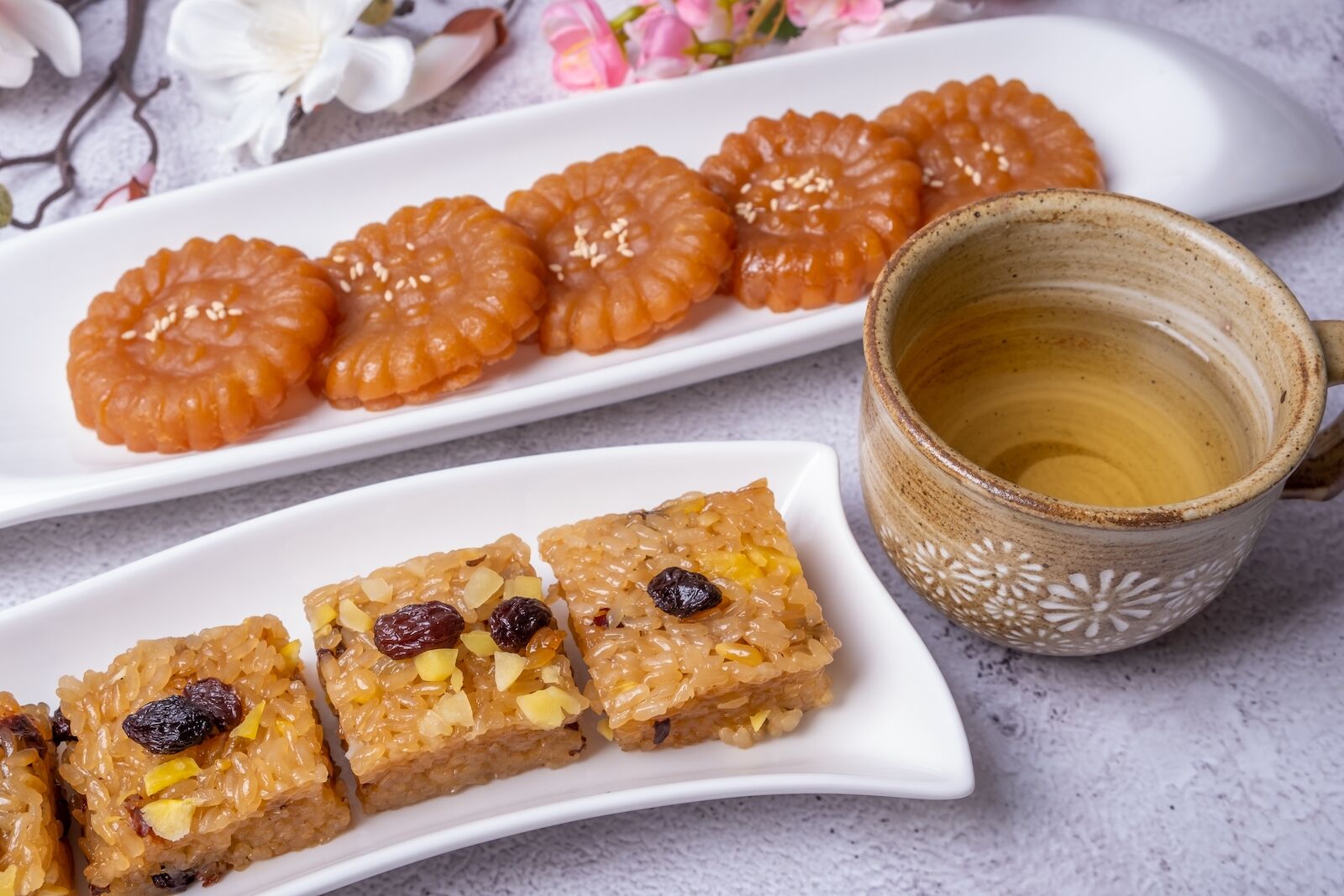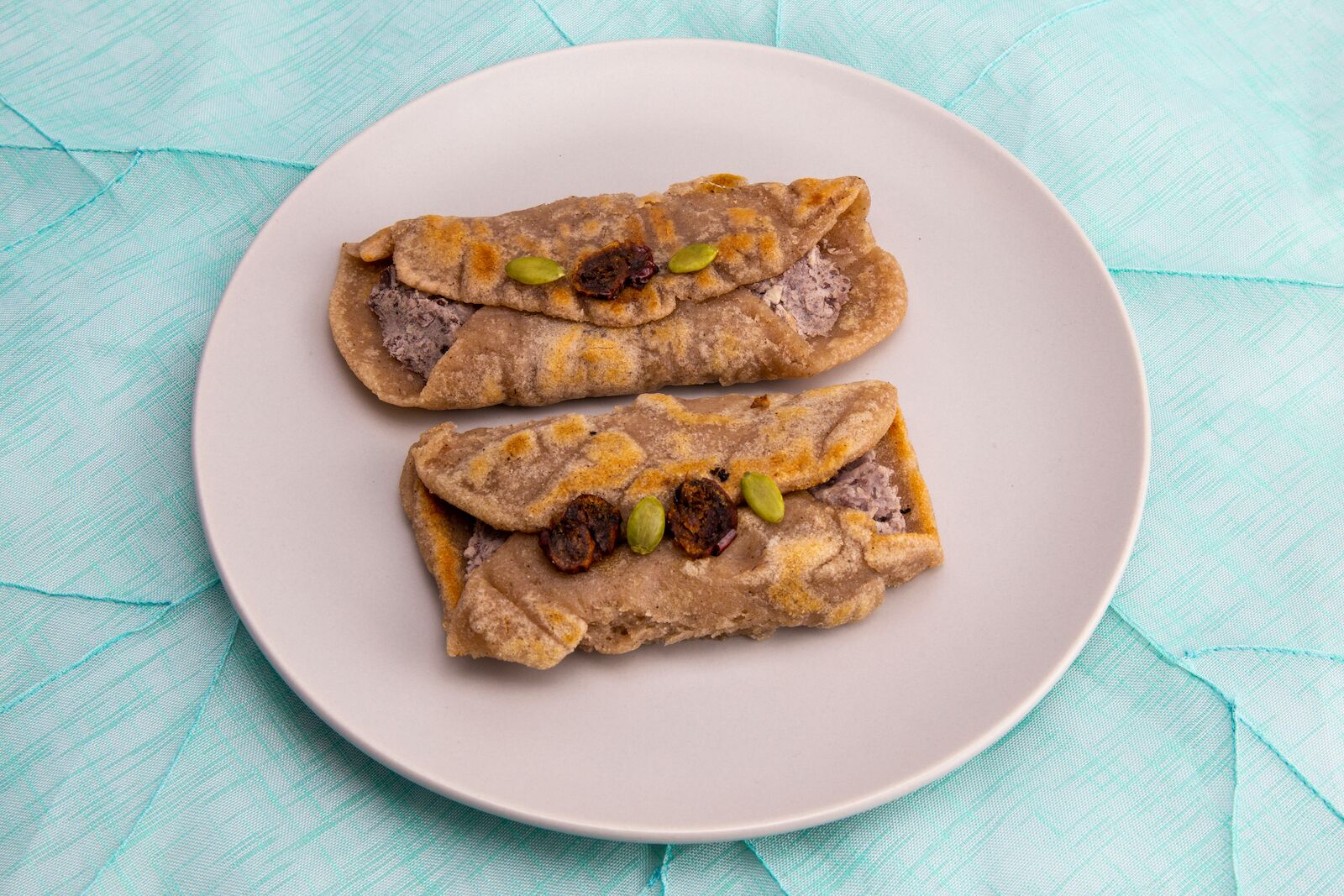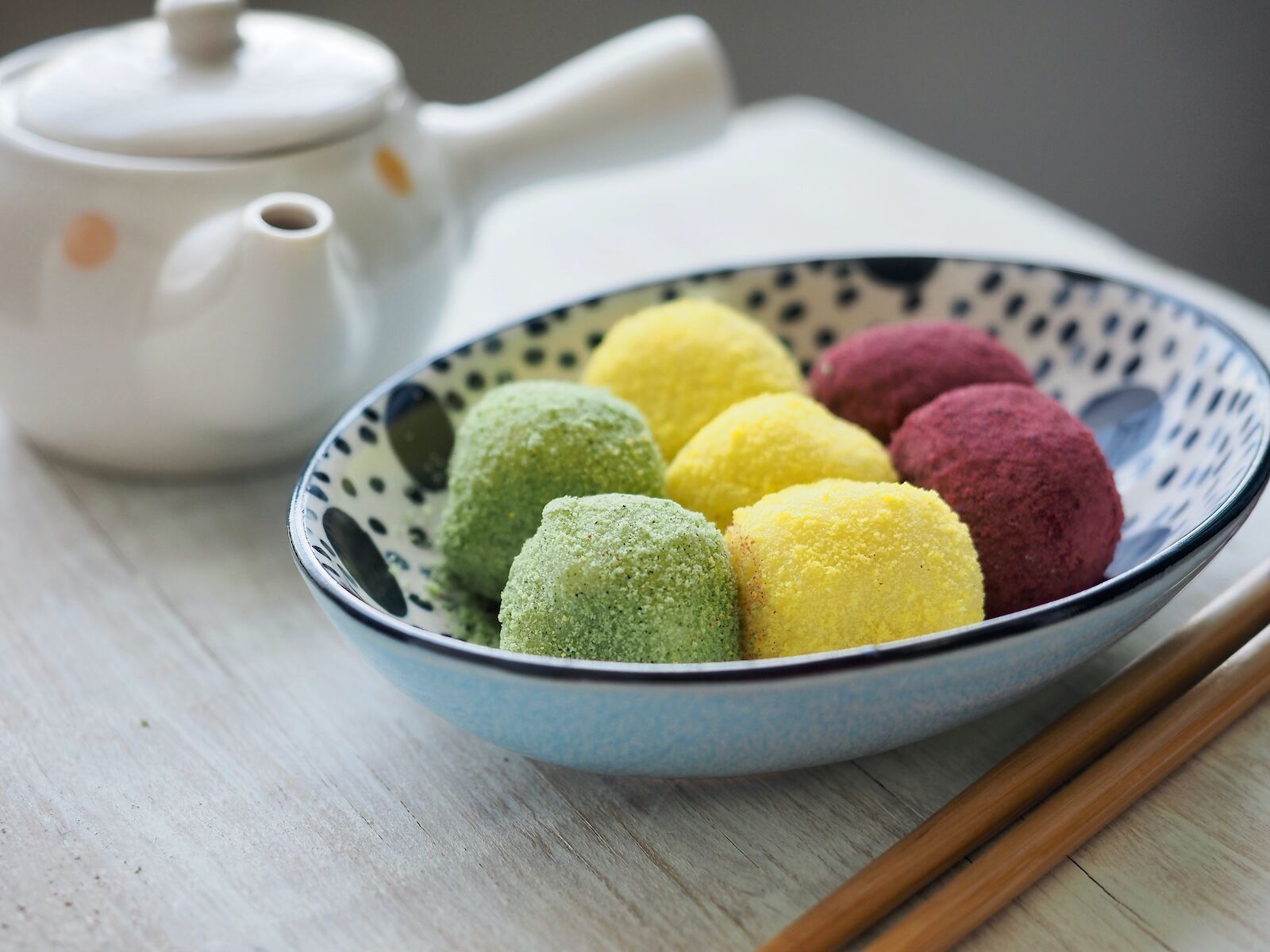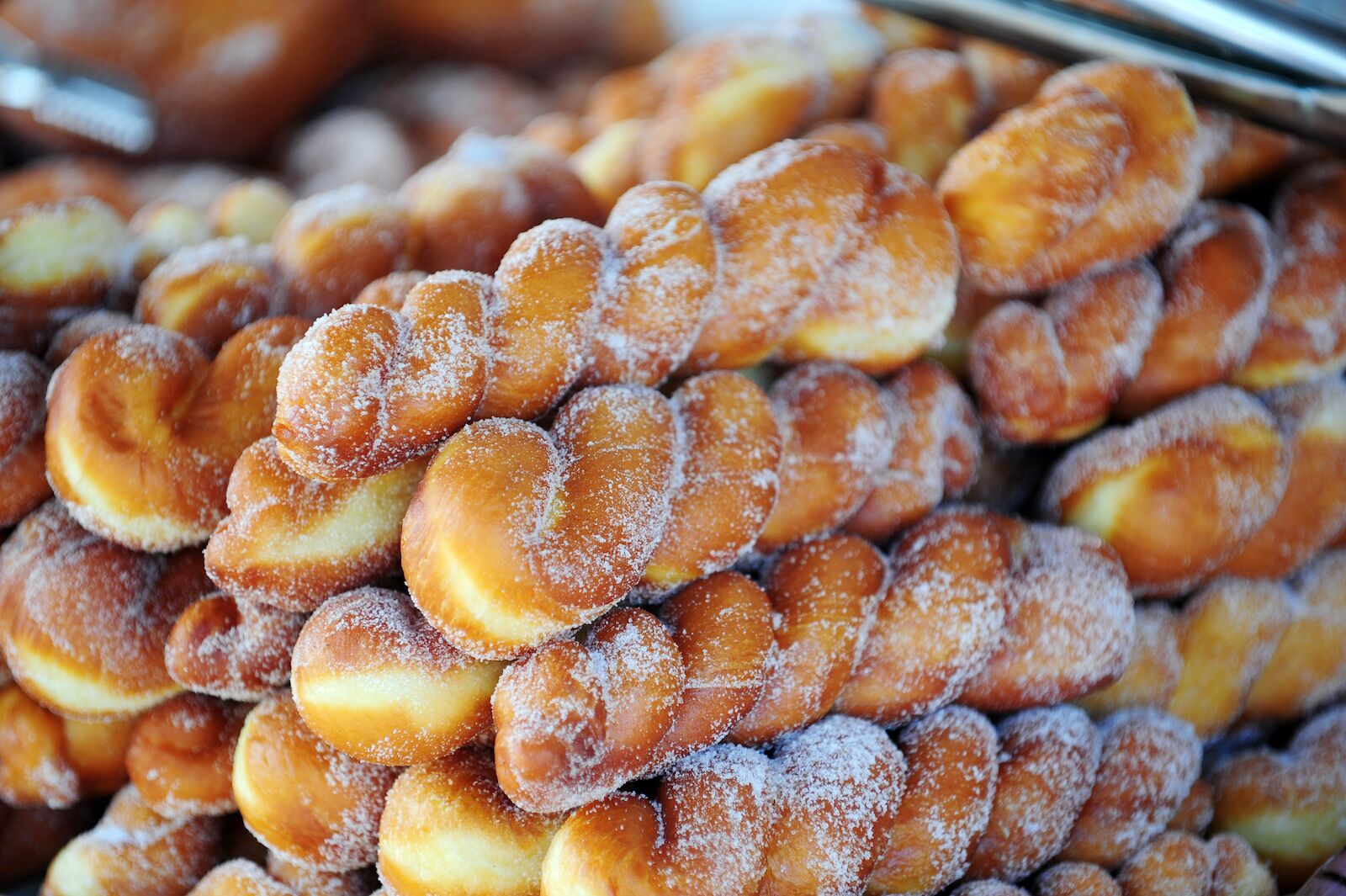Gone are the days when South Korean food in America only referred to Korean barbecue. Bibimbap and kimchi grace menus, and traditional flavors have blended with other cuisines to make a new category of Korean burgers and tacos. Part of that popularity is because Korean food is one of the healthiest cuisines in the world, but one side of the food is still often left out: Korean desserts.
It’s a shame because there’s there are Korean desserts for just about every occasion, whether you want something to warm you up through a harsh winter or cool you down in a blisteringly hot summer. These are the Korean desserts you’ve been missing out on.
